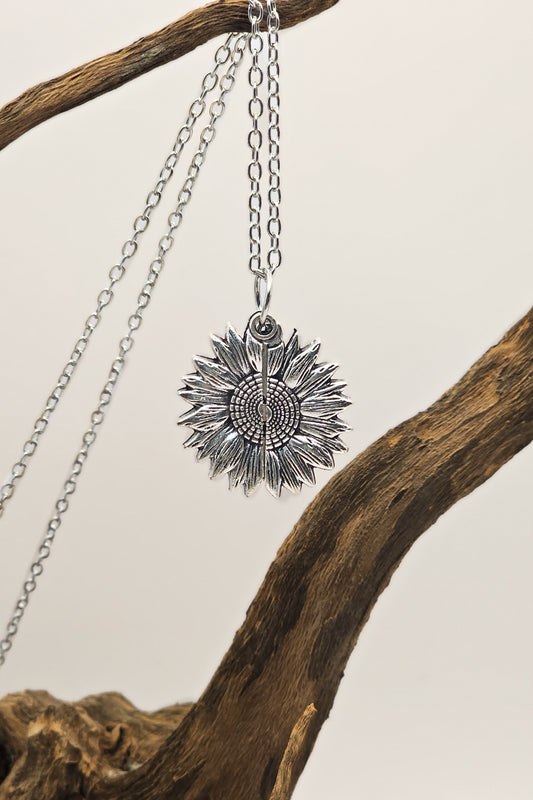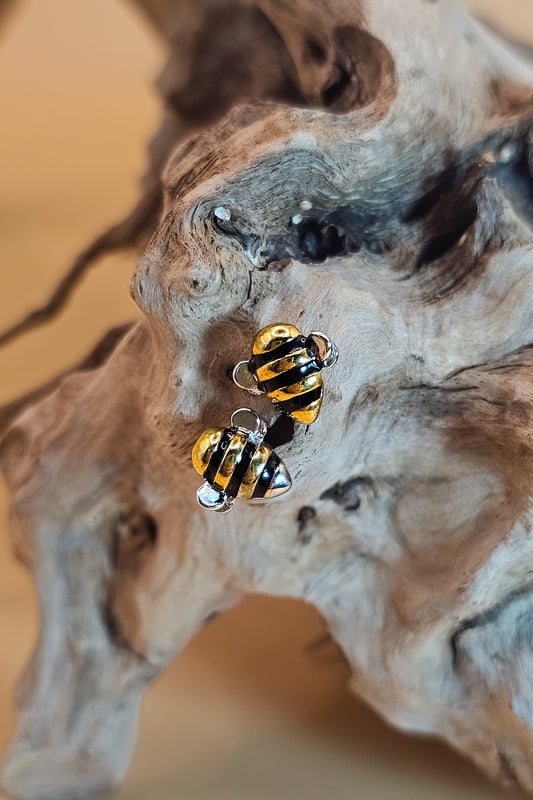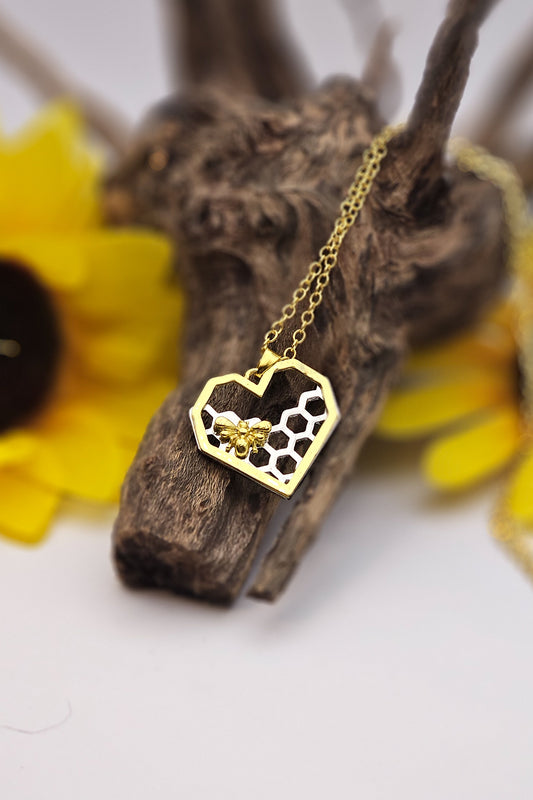This is the conclusion of the blog topic we started last Friday about bees eating honey to heal infections. You can still read the first post and second post.
Bees are drawn to phytochemical-laced honey. Maybe most notably, such powerful plant-derived phytochemicals as thymol, derived from thyme plants, has fungal spores and has even been shown to inhibit the growth of bacteria behind European and American foulbrood.
This latter disease is the most devastating to bees, and some beekeepers must destroy entire hives.
Other phytochemicals include caffeine, gallic acid, and p-coumari acid. These may increase the health of honeybees’ gut microbiome, and allow them to fight off parasitic infections better, as reported by Berenbaum and her researchers, as published in the Journal of Applied Microbiology last year.
It is most amazing that the bees have been seen deliberately chosing the type of honey that is best for their ailment, as noted in the research of entomologist Silvio Erler, who presented parasite-infected honeybees with four varieties of honey from which to choose.
This 2:02-minute video by Flow Hive shows how bees turn nectar into honey:
Erler, who works at the Julius Kühn-Institut in Germany, explains that the bees were simply given a choice. Bees that were ill preferred honey derived from sunflowers, which was the best medicine to fight the infection, with the highest antibiotic activity, according to the team’s paper which was published in the journal Behavioral Ecology and Sociobiology.
Even if these techniques proved that honeybees make use of beneficial types of honey, their numbers are dwindling rapidly due to the diseases that have raced through their populations across the US. More biodiversity is needed to maintain honeybee ‘pharmacy’ needs.
The country’s beekeepers reported that they lost 45 percent of their colonies between April 2020 and April 2021, which makes it the second worst year since a survey on bee health began in 2006.
Erler says bees’ ability to choose between varieties of honey that are produced from different flowers, including black locust flowers and sunflowers, is crucial for their health, just like humans that can go to the pharmacy and chose one thing for stomach pain, another remedy for a headache.
The flowers must be available throughout each growing season — something that is lacking due to today’s gigantic monoculture farms. Such biodiversity is not seen in the huge agricultural enterprises that grow almonds, apples, pumpkins, and pears, Berenbaum noted.
Arathi Seshadri, an entomologist at the USDA Honey Bee Health Lab in Davis, California, explained that due to this revelation, the USDA now gives incentives to landowners to create wildlife areas from former croplands to sustain pollinators through the Conservation Reserve Program.
Beekeepers can assist their honeybees by leaving some honey that was made from a variety of flowers in the hive, so bees can use this natural pharmacy whenever they feel the need. This helps make sure bees can choose what types of honey they need to consume.
Bees are now recognized for their crucial role in agriculture around the world, after decades of being used as nothing more than disposable workers in the pollination process on farms. Berenbaum realized long ago that these indispensable animals were unappreciated at best. She says all the recent research will help bees in their survival struggle. She is glad to see they are finally getting the right attention.








